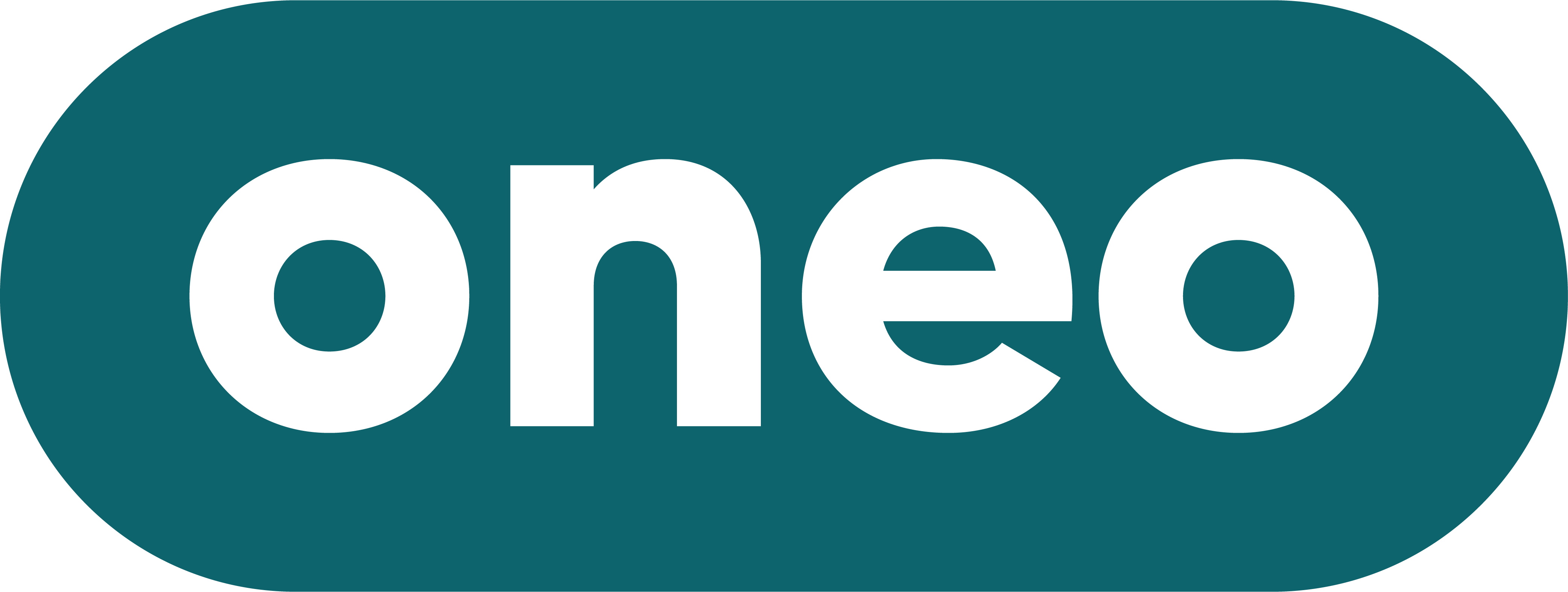Talent acquisition and recruitment have come a long way from the days of guilds and apprenticeships. This evolution reflects broader changes in society, technology, and business practices. Today, as we leverage AI and data analytics, it’s fascinating to look back and see how far we’ve come. Let’s take a journey through the history of recruitment and see how it all began, evolved, and where it’s headed.
Industrial Revolution: The Birth of Modern Recruitment
Fast forward to the Industrial Revolution, where the advent of machinery and factories transformed societies globally. The demand for a large, stable workforce led to the birth of modern recruitment practices. Job advertisements started appearing in newspapers, and employment agencies began to emerge. This era marked the beginning of the ‘career’ as we know it, with individuals pursuing long-term employment opportunities in burgeoning industries. The shift was monumental; it was no longer about who you knew but what skills you could bring to the table.
The Emergence of Corporate Recruitment
The post-World War II economic boom further revolutionized recruitment. Companies experienced rapid growth, necessitating the establishment of formal Human Resources (HR) departments. These departments introduced structured recruitment processes, including standardized interviews and assessments, to ensure they hired the best talent. This period also saw the rise of employee benefits and competitive salaries as companies vied for top talent in a burgeoning economy.
The Digital Age: Online Job Boards and Early ATS
With the arrival of the internet, recruitment entered the digital age. The early 2000s saw the rise of online job boards like Monster and CareerBuilder, which revolutionized how employers and job seekers connected. Suddenly, a job posted in New York could be seen by someone in Tokyo, significantly broadening the talent pool. Concurrently, the development of early Applicant Tracking Systems (ATS) helped companies manage the influx of applications, streamlining the recruitment process and reducing time-to-hire.
Social Media and Recruitment 2.0
Enter the era of social media, and recruitment took on a new dimension. Platforms like LinkedIn, Facebook, and Twitter allowed recruiters to reach out to candidates directly, creating a more personalized and engaging recruitment experience. LinkedIn, in particular, became the go-to network for professional networking and recruitment, enabling companies to not only post jobs but also actively search for and connect with potential candidates. This period also saw the rise of employer branding, with companies leveraging social media to showcase their culture and attract top talent.
Artificial Intelligence and Data Analytics in Recruitment
Today, we are in the midst of another revolution—one driven by artificial intelligence and data analytics. AI-powered tools can screen resumes, conduct initial interviews, and even predict candidate success based on historical data. Data analytics provides insights into the effectiveness of recruitment strategies, helping companies refine their approaches and reduce biases. These technologies not only make the recruitment process more efficient but also enhance the candidate experience by providing faster responses and more tailored opportunities.
Future of Recruitment: Predictions and Trends
Looking ahead, the future of recruitment is poised to be even more dynamic. Virtual reality (VR) job interviews, for instance, could become commonplace, offering a more immersive and interactive candidate experience. Diversity and inclusion will continue to be at the forefront, with companies implementing strategies to ensure their hiring practices are equitable. Remote work, accelerated by the COVID-19 pandemic, will likely remain a significant factor, influencing how companies recruit and retain talent.
Imagine conducting a job interview while sitting on a virtual beach or having an AI assistant that knows you better than you know yourself, recommending the perfect candidate. It sounds like science fiction, but it’s closer than you think. Companies like Oneo are already leveraging cutting-edge technologies to stay ahead of the curve. If you want to be a part of the future of recruitment, visit Oneo and discover how we can help you find the best talent.
Take The Next Step With Us
At Oneo, we believe in not just keeping up with the trends but setting them. Our innovative recruitment solutions are designed to help you find the right talent faster and more efficiently. Whether you’re looking to hire remotely, enhance your diversity initiatives, or simply streamline your recruitment process, we’ve got you covered. Visit Oneo today to learn more about how we can help you build your dream team.
Conclusion
From outdated metholodogies to the digital age of AI and beyond, the history of talent acquisition and recruitment is a testament to human ingenuity and adaptability. As we move forward, it’s essential to remember that while technology will continue to shape how we recruit, the core principles of finding the right person for the right job remain unchanged. By understanding our past, we can better navigate the future and ensure that we are not only keeping up with the changes but also leading the way.
By leveraging historical insights and modern innovations, companies can build robust recruitment strategies that attract and retain top talent. So, the next time you’re scrolling through LinkedIn or using an AI-powered ATS, take a moment to appreciate the incredible journey that has brought us here. And remember, at Oneo, we’re always here to help you navigate the ever-evolving world of recruitment.


